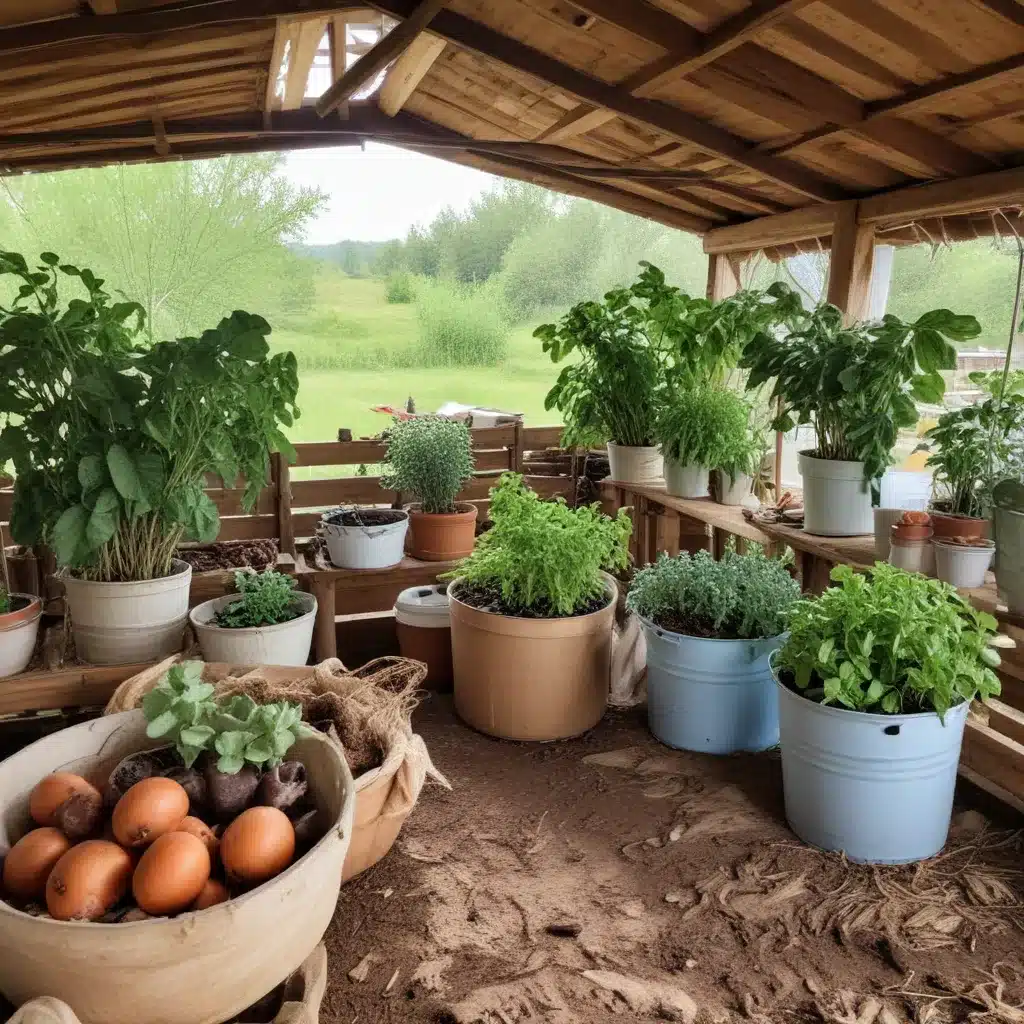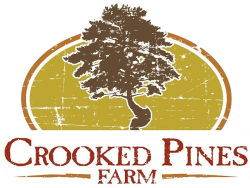
Homesteading is more than just a lifestyle choice – it’s a commitment to living in harmony with the land and embracing self-sufficiency. Whether you’re managing a sprawling rural farm or cultivating an urban oasis, the principles of sustainable homesteading can transform your relationship with the world around you. In this comprehensive guide, we’ll explore a wealth of homestead hacks – clever tips and tricks to help you live more eco-friendly, save money, and enjoy the simple pleasures of homegrown abundance.
Sustainable Homestead Practices
Achieving true sustainability on the homestead requires a multifaceted approach. Let’s start by examining some innovative solutions for powering your home, managing your water resources, and minimizing waste.
Renewable Energy Solutions
One of the hallmarks of a sustainable homestead is the incorporation of renewable energy sources. Solar panels are a popular choice, harnessing the sun’s abundant energy to power your home and reduce your reliance on the grid. But don’t stop there – explore the potential of wind turbines, geothermal systems, and even hydroelectric generators if you have access to a reliable water source. By diversifying your renewable energy portfolio, you can maximize your self-sufficiency and minimize your carbon footprint.
Efficient Water Management
Water is a precious resource, and on the homestead, it’s essential to implement smart water management strategies. Start by installing rainwater harvesting systems to collect and store precipitation for irrigation, livestock watering, and even household use. Pair this with greywater recycling systems that divert used water from sinks, showers, and washing machines to nourish your garden. Complement these efforts with xeriscape landscaping, which utilizes drought-tolerant plants and efficient irrigation techniques to minimize water consumption.
Eco-friendly Waste Disposal
Effective waste management is a cornerstone of sustainable homesteading. Embrace composting to transform food scraps and yard waste into nutrient-rich soil amendments for your garden. Explore biodigester technology to convert organic matter into biogas, a renewable fuel source for cooking or heating. And don’t forget to minimize single-use plastics by investing in reusable containers, refillable cleaning products, and biodegradable alternatives.
Homestead Food Production
Growing and preserving your own food is one of the most rewarding aspects of homesteading. Let’s delve into the secrets of organic gardening, responsible livestock husbandry, and long-term food storage.
Organic Gardening Techniques
At the heart of a sustainable homestead lies the organic garden, a vibrant oasis of heirloom vegetables, heritage grains, and pollinator-friendly flowers. Embrace companion planting to deter pests and enhance nutrient cycling, and leverage natural fertilizers like compost, vermicompost, and green manures to nourish your soil. Experiment with vertical gardening, raised beds, and intensive planting techniques to maximize your yield in limited space.
Livestock Husbandry
Integrating livestock into your homestead can provide a steady source of meat, eggs, dairy, and fiber. But responsible animal care is essential. Adopt rotational grazing to maintain the health of your pastures, and explore heritage breeds that are well-suited to your local climate. Invest in humane housing and ethical slaughter practices to ensure the well-being of your livestock.
Preserving the Harvest
Mastering the art of food preservation is a hallmark of the self-reliant homesteader. Canning, dehydrating, fermentation, and root cellaring are just a few of the techniques you can use to store your bounty for the leaner months. Embrace seasonal eating and meal planning to make the most of your homegrown produce, and consider pickling, jam-making, and herb drying to add vibrant flavors to your meals.
Homestead Infrastructure
Creating a functional and sustainable homestead requires thoughtful planning and the integration of innovative technologies. Let’s explore some strategies for off-grid living, eco-friendly construction, and smart home automation.
Off-Grid Living
For many homesteaders, the ultimate goal is to achieve off-grid independence. This might involve installing solar panels and battery storage systems, wind turbines, or even micro-hydroelectric generators. Pair these renewable energy sources with energy-efficient appliances, LED lighting, and passive solar design to minimize your power consumption.
Sustainable Building Materials
When it comes to homestead construction, focus on natural, biodegradable materials that are gentle on the environment. Straw bale, earthbag, and cob are just a few examples of sustainable building techniques that can help insulate your home, reduce your carbon footprint, and create a healthy, comfortable living space.
Smart Home Technologies
Integrating smart home technologies can streamline your homestead operations and enhance your sustainability efforts. From automated irrigation systems that monitor soil moisture to IoT-enabled energy management tools, these cutting-edge solutions can help you maximize efficiency, reduce waste, and free up time for other homesteading tasks.
Homestead Self-Sufficiency
Achieving true self-sufficiency on the homestead goes beyond just food and energy production. It’s about cultivating financial resilience, fostering community connections, and continually expanding your skillset.
Financial Resilience
Embracing frugal living and diversified income streams can help you achieve greater financial independence on the homestead. Explore small-scale cottage industries, value-added product sales, and bartering networks to supplement your homegrown bounty. Additionally, invest in precious metals, cryptocurrency, and off-grid assets to safeguard your wealth against economic volatility.
Community Engagement
Homesteading is not a solitary pursuit – it thrives on the strength of local community connections. Participate in farmers’ markets, food cooperatives, and seed-saving networks to share your surplus and connect with like-minded individuals. Volunteer your time and expertise at community gardens, educational farm programs, and youth outreach initiatives to inspire the next generation of homesteaders.
Skill-Building
The homestead is a never-ending classroom, offering endless opportunities to expand your skillset. Delve into traditional crafts like blacksmithing, weaving, and pottery-making. Hone your herbal medicine and natural healing knowledge. Explore bushcraft and wilderness survival techniques to deepen your connection with the land. By continuously learning and growing, you’ll cultivate a resilient, self-reliant lifestyle that can weather any challenge.
Sustainable homesteading is not just a way of life – it’s a mindset that celebrates our interconnectedness with the natural world. By embracing these homestead hacks, you’ll unlock a wealth of practical solutions, financial savings, and personal fulfillment. So, roll up your sleeves, grab your garden tools, and embark on your journey towards a more sustainable, self-sufficient future. Happy homesteading!


